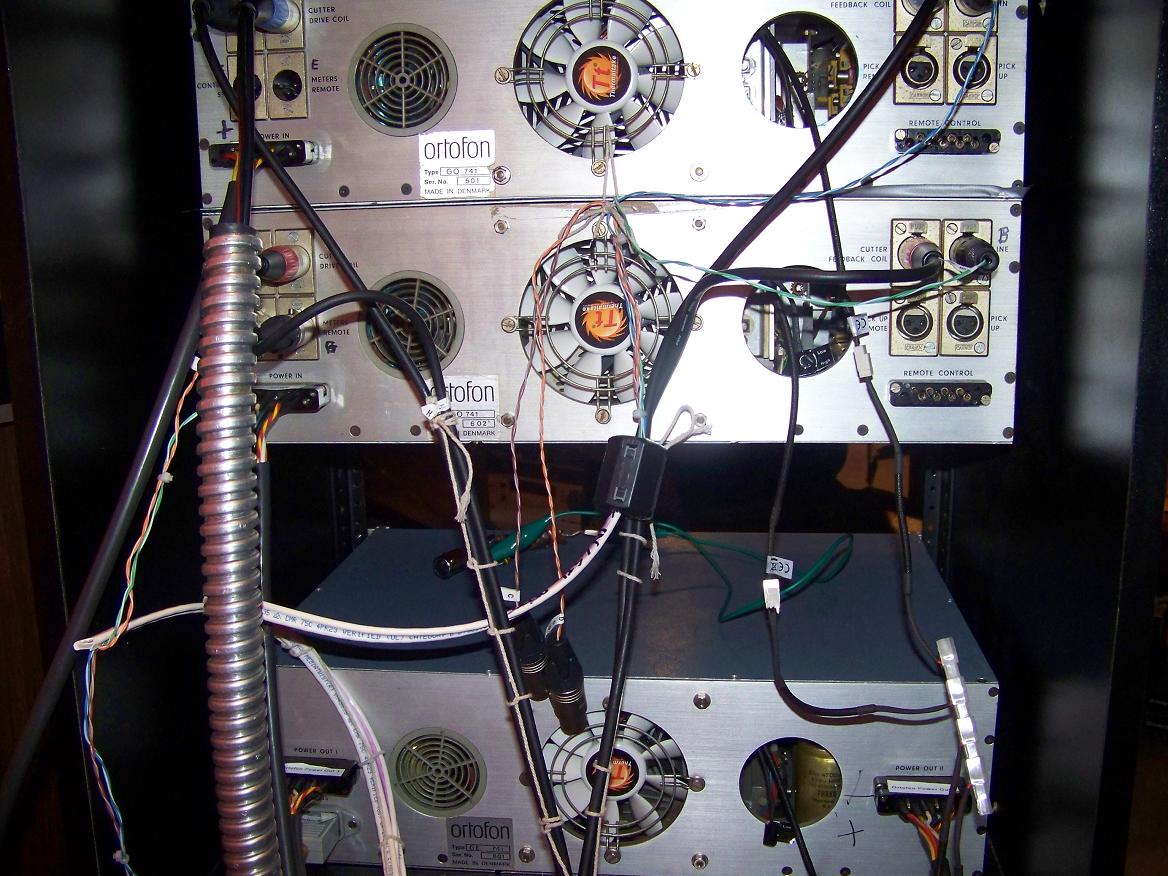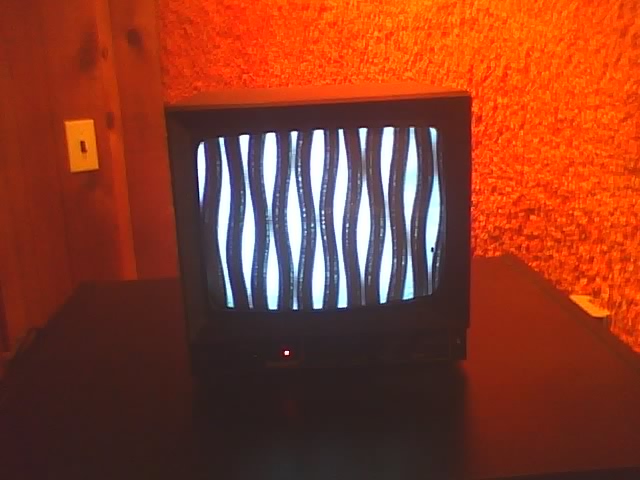{The mercury-wetted reed relay offers fast action, and without loss of electrical continuity during the reed's "bounce-back on 'make'" [i.e., the repercussive spring-back from striking it.] The Mercury which pools in the lower part of the relay housing, is, of course, electrically conductive, and, due to capillary action, it climbs up part of the reed and is able to maintain the permittivity of the switched position, even when the reed briefly stops touching the contact. ...a pullable bead of liquid metal will span that small divide (of bounce-back), preventing the hot coil from being (briefly) re-energized by the audio program.}
High heat is dangerous to the coils, since the glue that holds the coils together could melt. Increased coil resistance is usually only due to a build up of heat caused by audio program high frequency levels being excessive. The indicator needle on the temperature meter starts at the 25 degrees Centigrade mark when the load is ~ 8.5 Ohms, which is the expected DC resistance when the rocking bridge is at rest and the coils are merely at "room temperature." The indicator needle points to 200 degrees Centigrade at the actual test load (i.e., 17 Ohms). Circuit reaction time and meter ballistics have to be compensated for. This is simply achieved by tuning the sensitivity of the heat meter to swing its needle a little bit further than the 200 degrees indication when the load becomes 17 Ohms. The Dummy Load box has large coil inductors and capacitors, in addition to power resistors, so it closely mimics the reactive impedance of the cutting head. Furthermore, the POWER LIMIT pushbutton allows the output drivers to be bypassed minimizing the available power, so this is invoked for these tests.
(3rd order 2 Hz Low Pass filter, inside, for DC resistance measurements...)

(right-click "View Image" or "Open image in new tab" to see entire picture)
